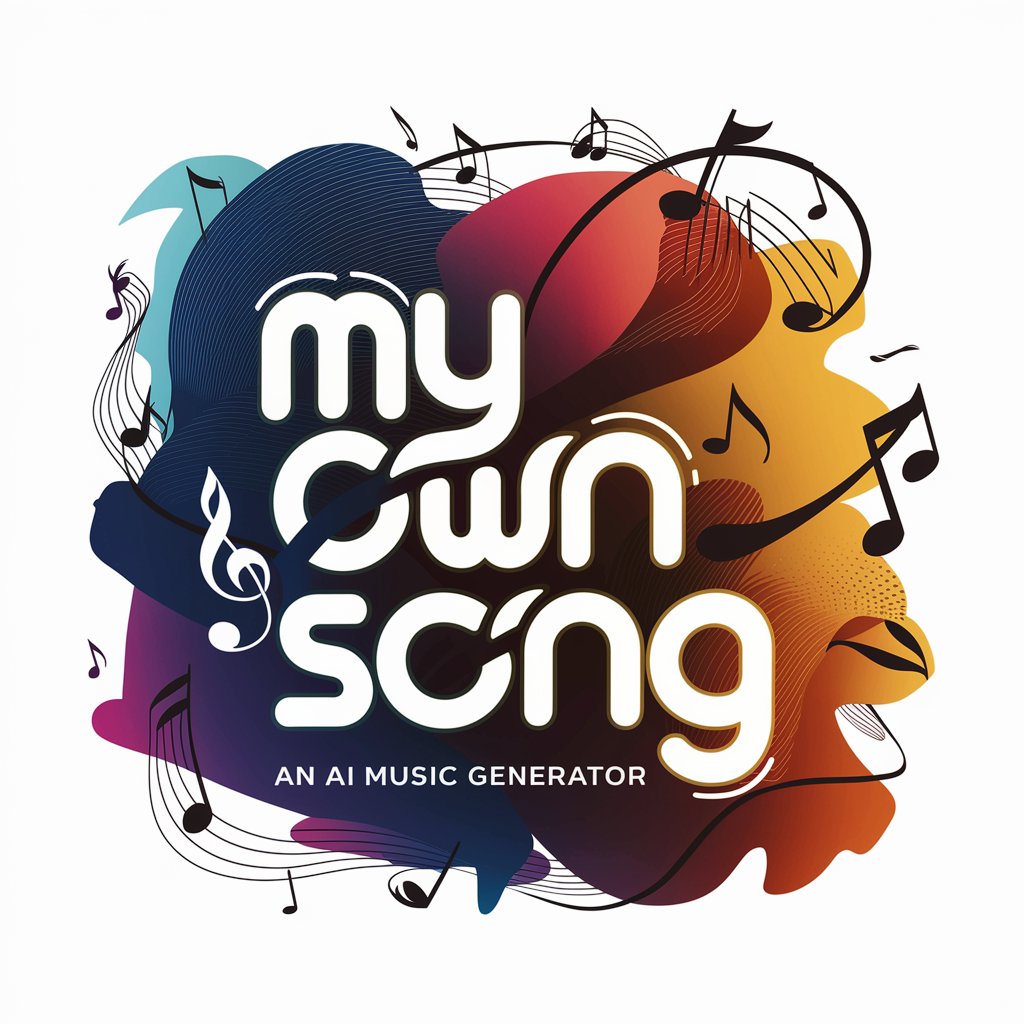6 GPTs for AI Composition Powered by AI for Free of 2025
AI GPTs for AI Composition refer to advanced Generative Pre-trained Transformers specifically developed or adapted for tasks within the AI Composition domain. These tools leverage the power of machine learning and natural language processing to provide tailored solutions for creating, analyzing, and interpreting compositions. They are instrumental in automating and enhancing the creative process, offering unique capabilities that cater to a wide range of applications from text generation to complex musical composition.
Top 6 GPTs for AI Composition are: SunoAIプロンプトジェネレーター,My own song,YourArtist.AI,看图写话,TwoShot Music Assistant,Create EDM Using AI
SunoAIプロンプトジェネレーター
AI-powered music prompt generator for custom songs.

My own song
Craft Unique Songs with AI-Powered Creativity

YourArtist.AI
Transforming your words into music with AI.

看图写话
Transform Images into Stories with AI

TwoShot Music Assistant
Revolutionizing Music Creation with AI

Create EDM Using AI
Craft the Beat, Let AI Do the Rest

Key Characteristics & Capabilities
AI GPTs for AI Composition boast several unique features, including adaptability across various complexity levels, from generating simple text to composing intricate music. Special features include advanced language learning, comprehensive technical support, sophisticated web searching, innovative image creation, and detailed data analysis capabilities. These tools are distinguished by their ability to learn and evolve, adapting their output to meet the specific needs of the AI Composition field.
Who Benefits from AI Composition Tools
The target audience for AI GPTs tools in AI Composition spans from beginners to professionals in the field. These tools are designed to be accessible for individuals without coding skills, providing intuitive interfaces and easy-to-understand guidance. Simultaneously, they offer extensive customization options for developers and professionals, making them versatile for a wide range of applications in music, writing, and beyond.
Try Our other AI GPTs tools for Free
Health Goals
Explore how AI GPTs for Health Goals are revolutionizing personalized health advice, providing accurate, tailored wellness information accessible to everyone.
Cover Letter Drafting
Revolutionize your cover letter creation with AI GPT tools, designed to offer personalized, impactful, and industry-aligned assistance in drafting your next cover letter.
Interview Tips
Discover how AI GPTs for Interview Tips can transform your preparation process with personalized advice, adaptive learning, and comprehensive support.
Application Advice
Discover how AI GPTs for Application Advice transform decision-making and problem-solving with customized, intelligent support across a wide range of applications.
Game Simulation
Discover how AI GPTs revolutionize game simulation, offering dynamic content generation, NPC behavior simulation, and enhanced game testing for developers and creators.
Mental Coaching
Discover how AI GPTs for Mental Coaching can transform your approach to personal growth and mental well-being, offering tailored support and actionable insights.
Further Perspectives on AI Composition Tools
AI GPTs as customized solutions in various sectors highlight their versatility and user-friendly design. These tools not only automate tasks but also inspire creativity, making them invaluable for enhancing the creative process. Their integration capabilities allow for smooth incorporation into existing workflows, offering a futuristic approach to composition and content creation.
Frequently Asked Questions
What are AI GPTs for AI Composition?
AI GPTs for AI Composition are specialized tools that leverage Generative Pre-trained Transformers to assist in the creation, analysis, and interpretation of various compositions, adapting their capabilities to the needs of the creative field.
How do AI GPTs tools adapt to different complexity levels?
These tools are designed with advanced algorithms that enable them to understand and execute tasks ranging from simple text generation to complex composition, learning from inputs and feedback to improve over time.
Can novices use these tools effectively?
Yes, AI GPTs for AI Composition are built with user-friendly interfaces that require no coding skills, making them accessible and effective for novices.
What customization options are available for professionals?
Professionals can access a range of customization options, including programming interfaces (APIs), to tailor the tools' functionalities to specific projects or creative processes.
What makes AI GPTs tools unique in AI Composition?
Their adaptability, learning capabilities, and the breadth of features specifically designed for creative tasks, such as language learning and image creation, set them apart.
How can these tools integrate into existing workflows?
AI GPTs can be integrated into existing systems or workflows through APIs, allowing for seamless collaboration between the tools and other software applications.
Are there any limitations to using AI GPTs for AI Composition?
While highly versatile, these tools may require fine-tuning and supervision to ensure outputs meet specific creative standards and intentions.
What future developments can we expect in AI GPTs for AI Composition?
Ongoing advancements in machine learning and natural language processing promise even more sophisticated capabilities, including enhanced creativity, improved adaptability, and more intuitive user interfaces.